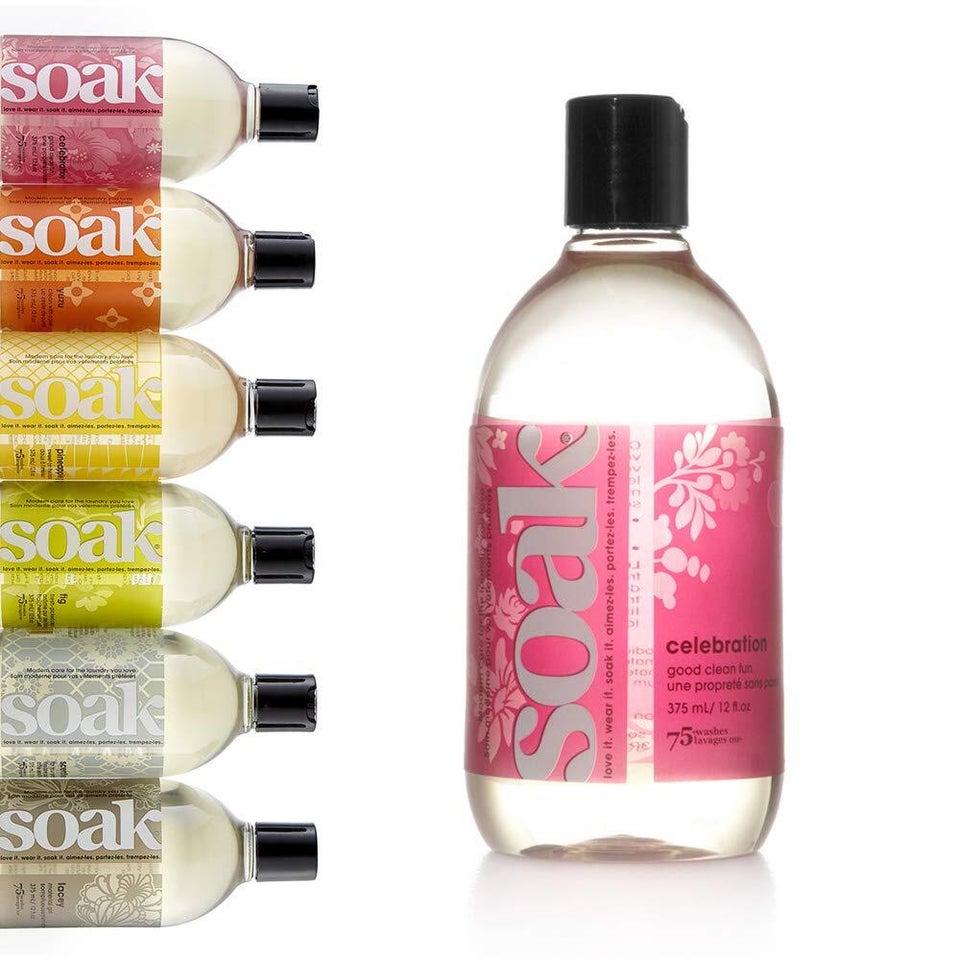
There’s nothing like the look of brand-new clothes that don’t need to be ironed or steamed, but you probably should wash them before you wear them. According to the experts, wearing new clothes before washing them might lead to skin problems.
Harmful chemicals are often used during the manufacturing process
You might think new clothes are safe if they look unsoiled, but they could actually be harmful to your skin if they contain toxins, which can leach into your skin.
Lee W. Johnson, founder of the men’s clothing company Old Bull Lee, explains that most apparel manufacturing factories are located in highly trafficked urban industrial areas with a high concentration of people, trucks and manufacturing. He adds that these factories tend to have “questionable air quality” and are cooled by open windows, which allow pollutants to circulate and attach themselves to the fabrics.
“A lot of airborne industrial pollutants are flying around and they likely settle onto things during that time spent while they are being manufactured. By the time the clothes get to you, they might look OK but there’s a lot of stuff sitting on them that you might not see,” he added.
Even if a factory has better air circulation, the chemicals used in the process can be dangerous. According to Johnson, we should worry about:
Lead, a fairly common ingredient in many brightly colored dye pigments
Formaldehyde, a known carcinogen often used in non-wrinkle garments
PFCs, a fluorocarbon-based water repellent
AZO disperse dye, a carcinogenic synthetic dye that is easily absorbed by the skin and is linked to contact dermatitis.
Board-certified dermatologist Dr. Azadeh Shirazi also warns consumers to be wary of quinoline, which can show up in high levels, especially in polyester, and not only can cause allergic contact dermatitis but is potentially linked to increased risk of cancer.
Here’s how these toxins affect your skin
Board-certified dermatologist Dr. Loretta Ciraldo sees patients with allergic contact dermatitis ― a red, itchy rash caused by direct contact with a certain substance ― in her Miami-based practice, where warm weather and tight clothing are the norm year-round. She says sweating and the friction from tight-fitting clothing, such as workout gear, can contribute to the release of potentially irritating or allergy-producing dyes and chemicals into our skin. “They come off with water,” she said. “The same way they come off in the washing machine, unfortunately, they also come off in our body’s sweat.”
But you won’t necessarily notice the dyes bleeding onto your skin. Ciraldo notes that they’re “not visible, but it’s enough to give you a rash. Sometimes you don’t even get that, you just get itchy. It could just be an itch. It could be redness without a rash.”
Shirazi told HuffPost that allergic contact dermatitis might also show up as hyperpigmentation. She tends to notice this symptom in the armpit, groin area, waistband or under the breast. “Because the skin folds onto itself and some of the clothing can get trapped pretty snugly in between the skin folds. There’s no airflow that allows the chemicals to reach out even more and makes it even more potent and more reactive with the skin.”
If you have a reaction to these chemicals, you might not see the signs right away. Shirazi says the symptoms are “usually a delayed reaction, so you don’t notice it the first day that you put the new clothes on. It generally appears days after exposure and can actually last for weeks.”
Both dermatologists note that people who already deal with sensitive skin and eczema are most likely to feel these effects, but even if you don’t have these conditions, you can still develop sensitivities to these chemicals. Sometimes that happens over time.
“You may not be allergic the first time you wear it or the 10th time, but over time you will become sensitized,” Shirazi said.
The best way to wash brand-new clothing
Luckily, cleaning your new duds isn’t a strenuous task and you can rely on the same tips your mom passed down.
Johnson suggests you “turn new clothes inside out, give them a light cold wash (cold to retain the color) and tumble dry (low) to knock off all the invisible soot and toxins that might be on the surface from just their exposure to the surroundings during the process of manufacturing.”
If the pieces are delicate or you’re concerned about damaging them before you have the chance to wear them, you can always hand-wash them, according to Shirazi: “A very simple, quick hand-wash with a little bit of detergent is all you really need to get some of the chemicals and dyes and things off the clothing before putting it in contact with your skin.”
